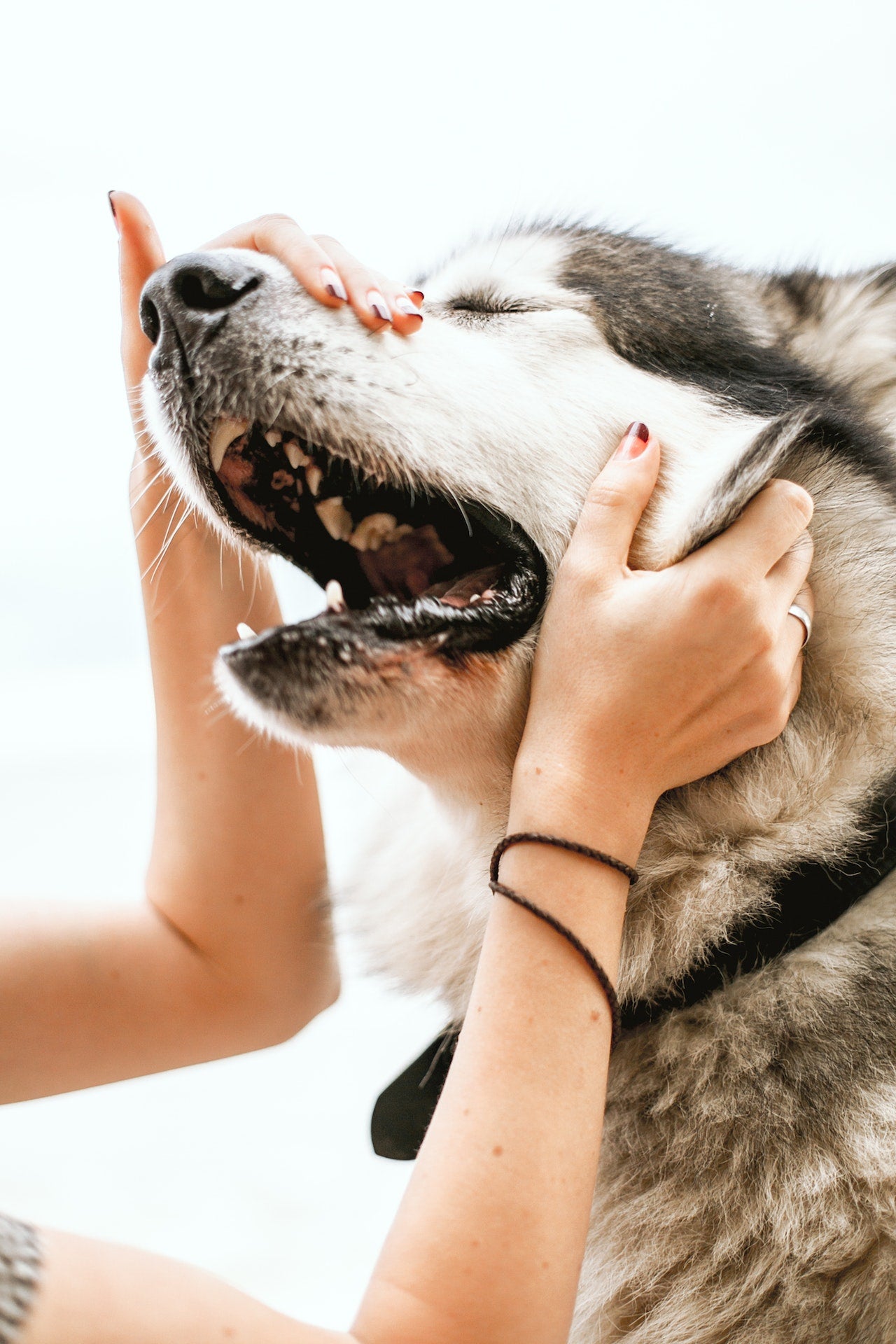
Dogs are fascinating creatures with many unique traits and characteristics that distinguish them from other animals. One such trait is the ability to move their tails in a wide range of ways to express different emotions and communicate with humans and other animals. However, have you ever wondered if dogs can feel their tails? In this article, we will explore this question and examine the reasons why dogs are able to feel their tails.
What does it mean for dogs to feel their tail?
What this means "feel their tail," it means dogs have the capacity to detect and comprehend touch, movement, and position in a certain portion of their body. Dogs are able to "feel" their tails when they are able to perceive the location, movement, and touch of their tails. They then utilise this information to change their actions and behaviour in accordance with the information they have received.
Can dogs feel their tail?
Yes, dogs can feel their tails. Dogs have a highly developed neurological system that enables them to detect and perceive cues from their surroundings, including touch, pressure, and temperature. Dogs can also communicate with other dogs through body language and vocalisations. Dogs are able to receive and interpret sensory information from their tails because to the nerves in their tails, which are connected to the spinal cord and the brain of the dog. Because of this, it is now possible for dogs to regulate the movements of their tails, such as wagging, lowering, or lifting their tails, based on how they are feeling or how they are interacting with their surroundings.

Reasons why dogs can feel their tail:
Dogs can feel their tails for several reasons, which are essential to their physical and emotional well-being. Here are some of the main reasons why dogs can feel their tails:
Nerve endings
The tail is an extension of the spinal cord, which is responsible for transmitting sensory information throughout the body. This means that the tail is packed with nerve endings that allow dogs to sense and respond to their environment.
Balance
Dogs use their tails for balance, especially when they are moving at high speeds or making quick turns. The tail helps to counterbalance the body and maintain stability, preventing falls and injuries.
Communication
Dogs use their tails to communicate with other dogs and humans. A wagging tail can indicate excitement, happiness, or friendliness, while a tucked tail can indicate fear, anxiety, or aggression. Dogs can also use their tails to signal submission, dominance, or playfulness.
Temperature regulation
The tail is an important tool for temperature regulation in dogs. When the weather is hot, dogs can use their tails to fan themselves and cool down. Conversely, when the weather is cold, dogs can wrap their tails around their bodies to retain heat.
Protection
The tail can serve as a protective mechanism for dogs, especially when they are in dangerous situations. For example, if a dog is being attacked by another animal, it can use its tail as a shield to protect its body.
Overall, dogs can feel their tails for several reasons, including balance, communication, temperature regulation, protection, and sensory perception. As such, it is crucial to ensure that dogs have healthy and functioning tails to maintain their physical and emotional well-being.
Other considerations:
Apart from the reasons why dogs can feel their tails, there are other considerations to keep in mind when it comes to tail health and well-being. Here are some of the key things to keep in mind:
- Injuries: Dogs' tails are susceptible to injury, especially when they are active or inquisitive. Tail injuries can range from minor bruises or scrapes to more severe fractures or dislocations. If you notice that your dog is in pain or has a limp tail, it is important to seek veterinary attention immediately.
- Infections: Dogs can develop infections in their tails, especially if they have cuts or wounds that become infected. Tail infections can cause pain, swelling, and discharge, and may require antibiotics or other medical treatment.
- Skin conditions: Dogs can also develop skin conditions on their tails, such as dermatitis or allergies. These conditions can cause itching, redness, and flaking, and may require treatment with medicated shampoos or topical ointments.
- Tail docking: Tail docking is a controversial practice that involves removing part of a dog's tail for cosmetic or cultural reasons. In many countries, tail docking is illegal, and it can cause pain, infection, and other health problems for dogs.
- Tail chasing: Some dogs may develop a compulsive behavior known as tail chasing, which involves constantly chasing and biting their own tails. Tail chasing can be a sign of anxiety or boredom, and may require behavior modification or medication to manage.
Overall, while dogs can feel their tails for several reasons, it is important to keep in mind other considerations that can affect tail health and well-being. As responsible pet owners, we should ensure that our dogs have healthy and functioning tails, and seek veterinary attention if we notice any signs of injury, infection, or other health problems.
Concluding words
In conclusion, dogs are amazing animals with unique and fascinating characteristics. They can exhibit different behaviors and habits that may sometimes seem unusual or mysterious to their owners. However, understanding these behaviors and habits is essential to keep our furry friends healthy, happy, and safe. In this article series, we have explored several interesting questions about dogs, including whether they can catch a cold or flu, chew on sticks, climb stairs, control their tails, cough, and feel their tails. We have examined the possible causes, factors, and solutions to these issues, including prevention and management techniques.
As responsible pet owners, it is essential to pay close attention to our dogs' behaviors and habits and take appropriate actions when necessary. Regular check-ups with a veterinarian, proper nutrition, exercise, and socialization can go a long way in ensuring our dogs' well-being and happiness.



